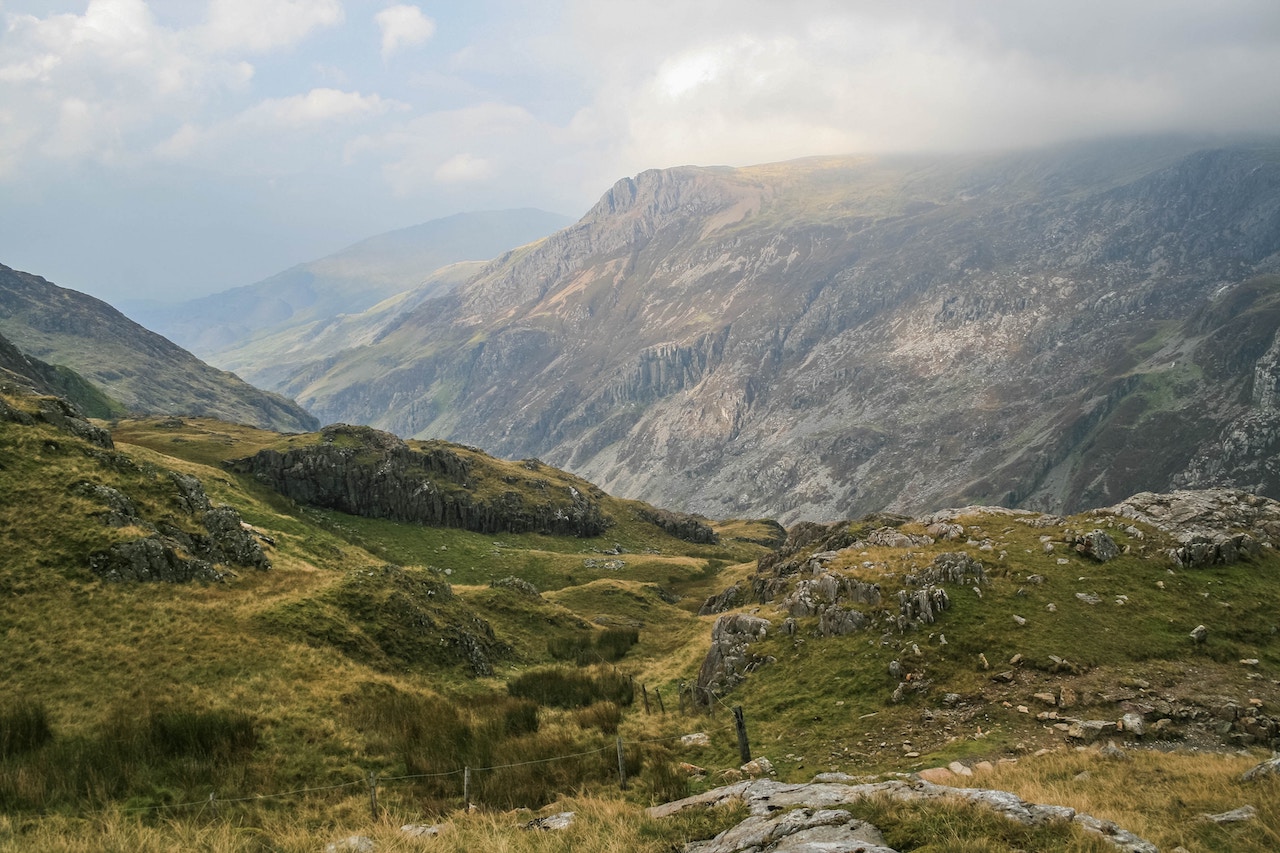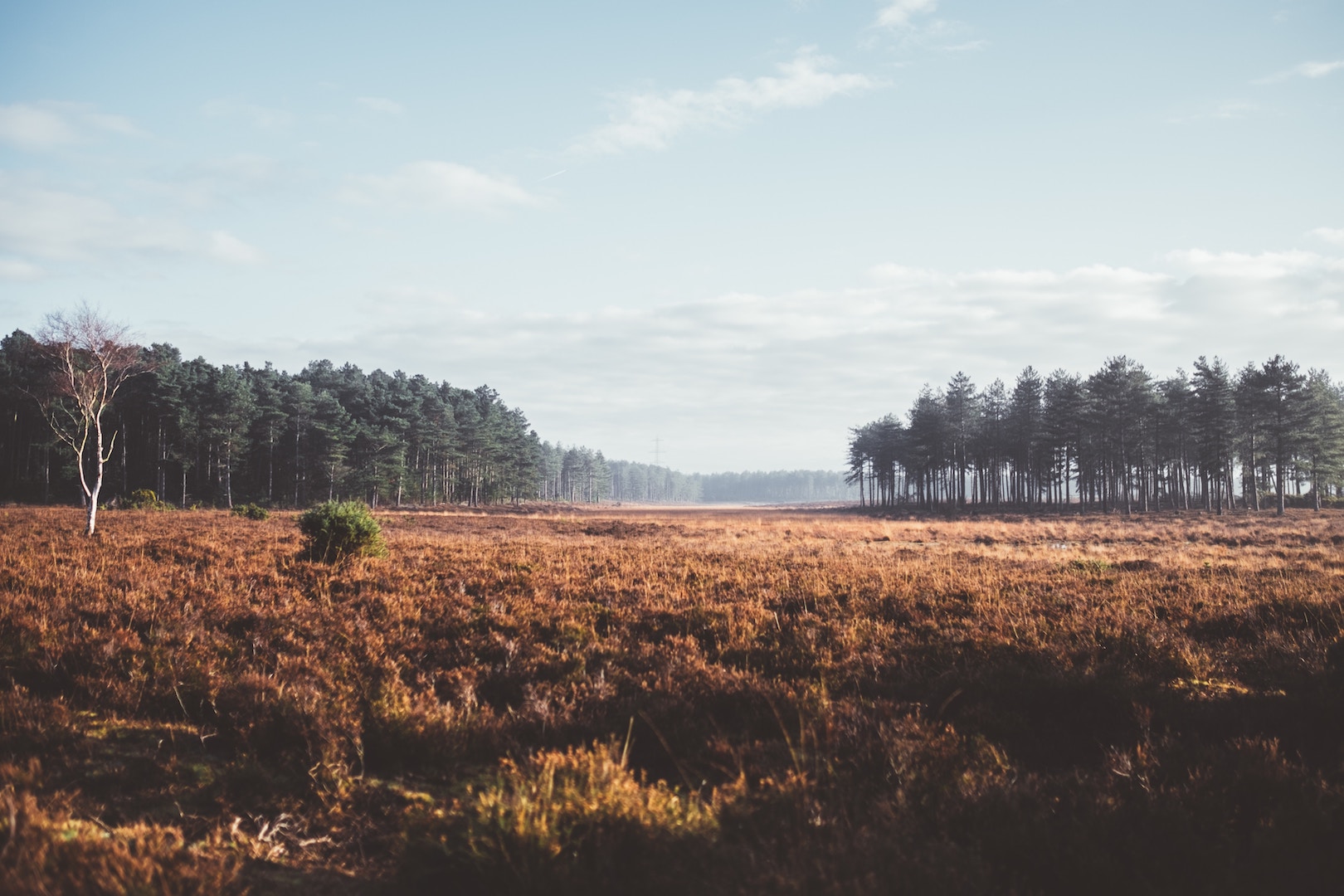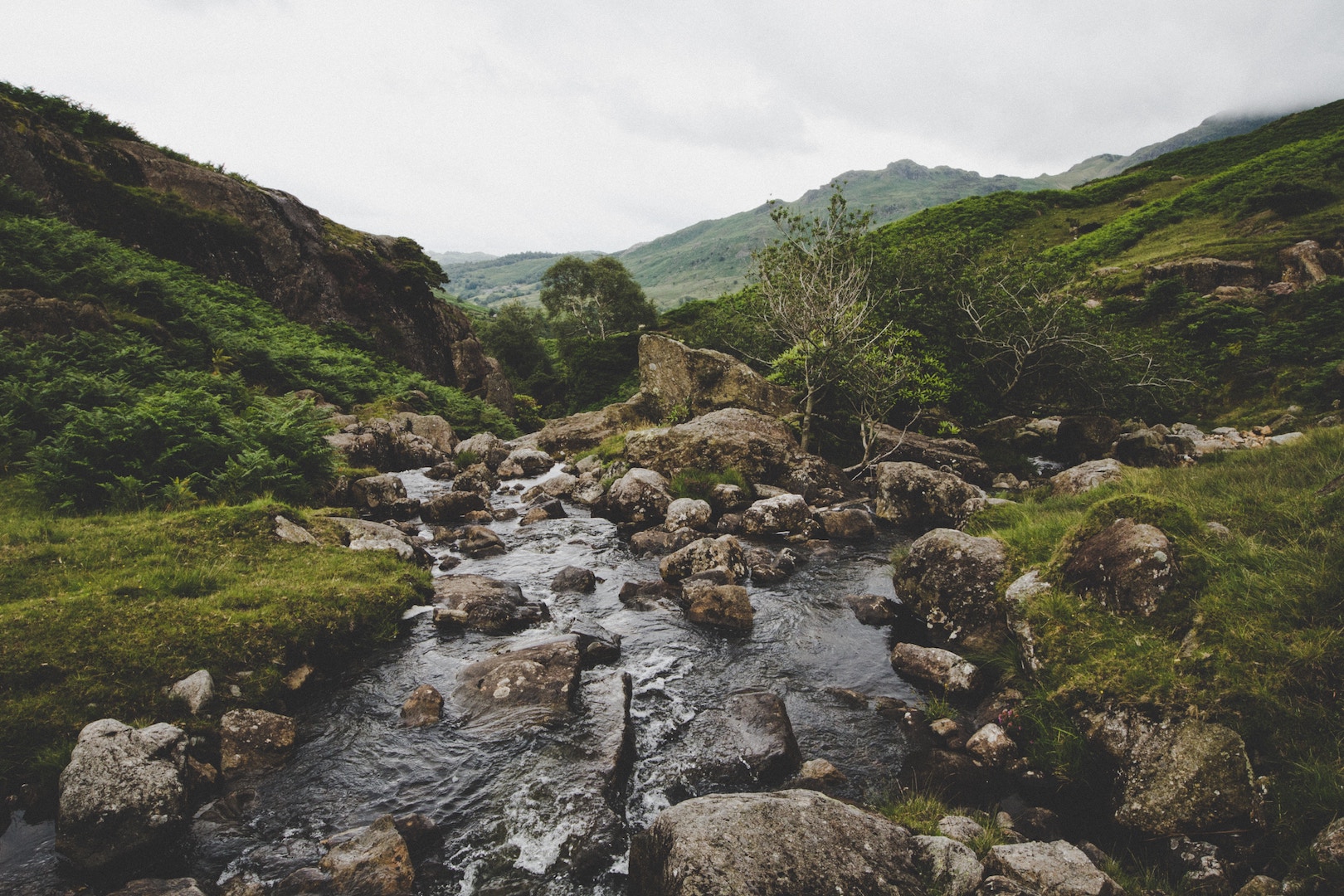The Oldest National Park
The 1930s and 1940s saw huge levels of public protest over rights of access with the most famous instance being the Kinder Trespass in 1932. As a response to the protests, in 1949 the government passed an Act of Parliament to establish national parks throughout the UK. The Peak District was the UK’s first to be designated in 1951 and the Lake District, Snowdonia, Dartmoor, the Pembrokeshire Coast, North York Moors, Yorkshire Dales, Exmoor, Northumberland and the Brecon Beacons all followed within the decade.
The Youngest National Park
The South Downs, an area of chalk hills that extends across the south-east of England, is the youngest of the national parks having been officially established in 2011. It had been a long wait, with the first calls for Park status being made all the way back in 1929 when the Council for the Preservation for Rural England first sent a memorandum to the Prime Minister.
The Biggest National Park
The Cairngorms is the UK’s biggest national park. It covers a total of 4,528 square kilometres altogether. The second biggest is England’s Lake District which spans 2,362 square kilometres. The biggest national park in Wales is Snowdonia at 2,176 square kilometres. The biggest national park in the world is a whopping 600,000 square kilometres, but only around 500 people visit it every year. It’s no surprise considering the challenges of getting to North-East Greenland.
The Highest National Park
Ben Nevis, the highest mountain in the UK, isn’t within a national park so the title of the national park with the highest point goes to the Cairngorms where the UK’s second highest mountain, Ben Macdui, can be found. At 1,309 metres, it’s only 36 metres shorter than Ben Nevis.
The Smallest National Park
The smallest of the UK’s national parks is the New Forest which covers only 570 square kilometres across Hampshire and Wiltshire. It’s also a relatively young one, officially launched in 2005.








